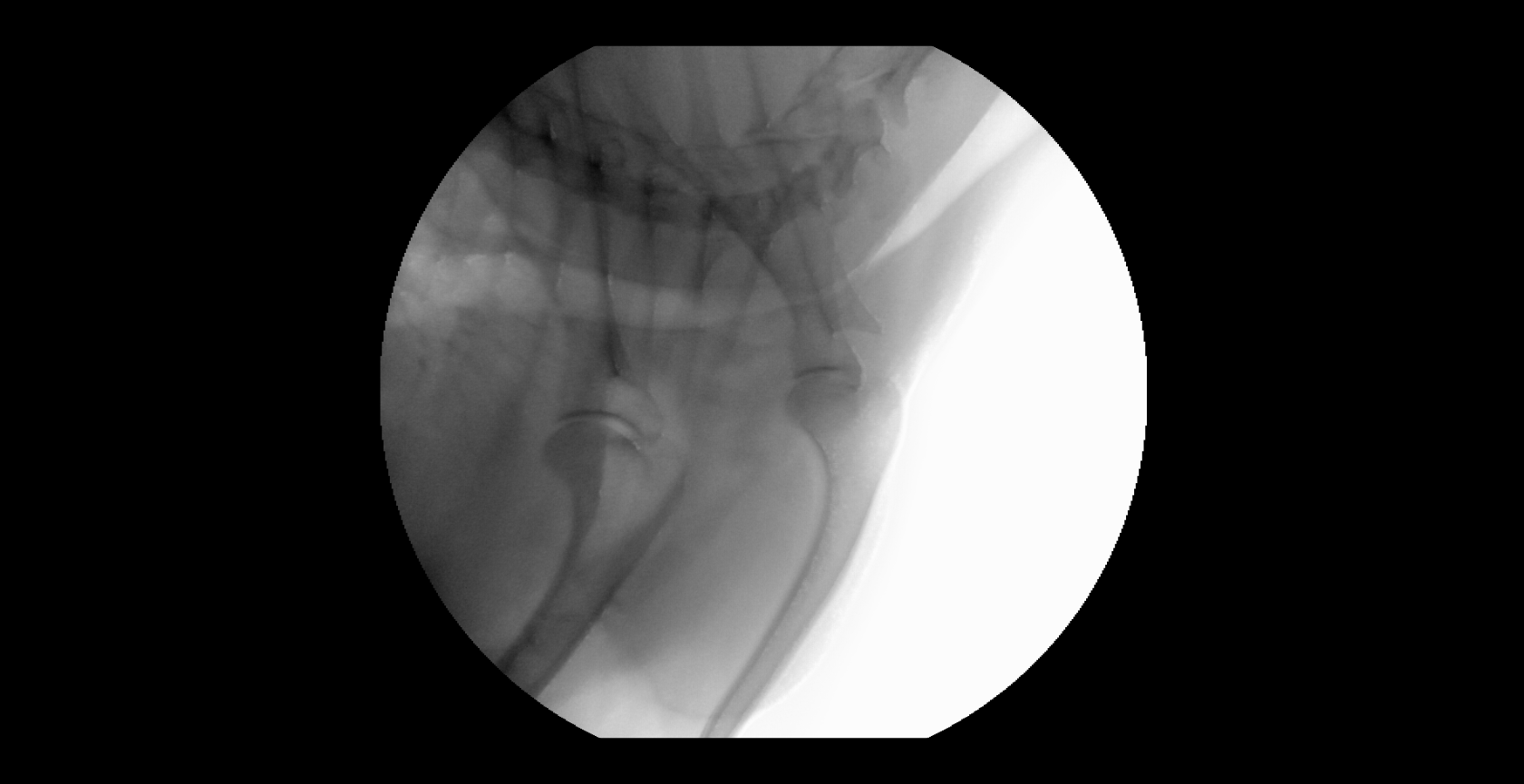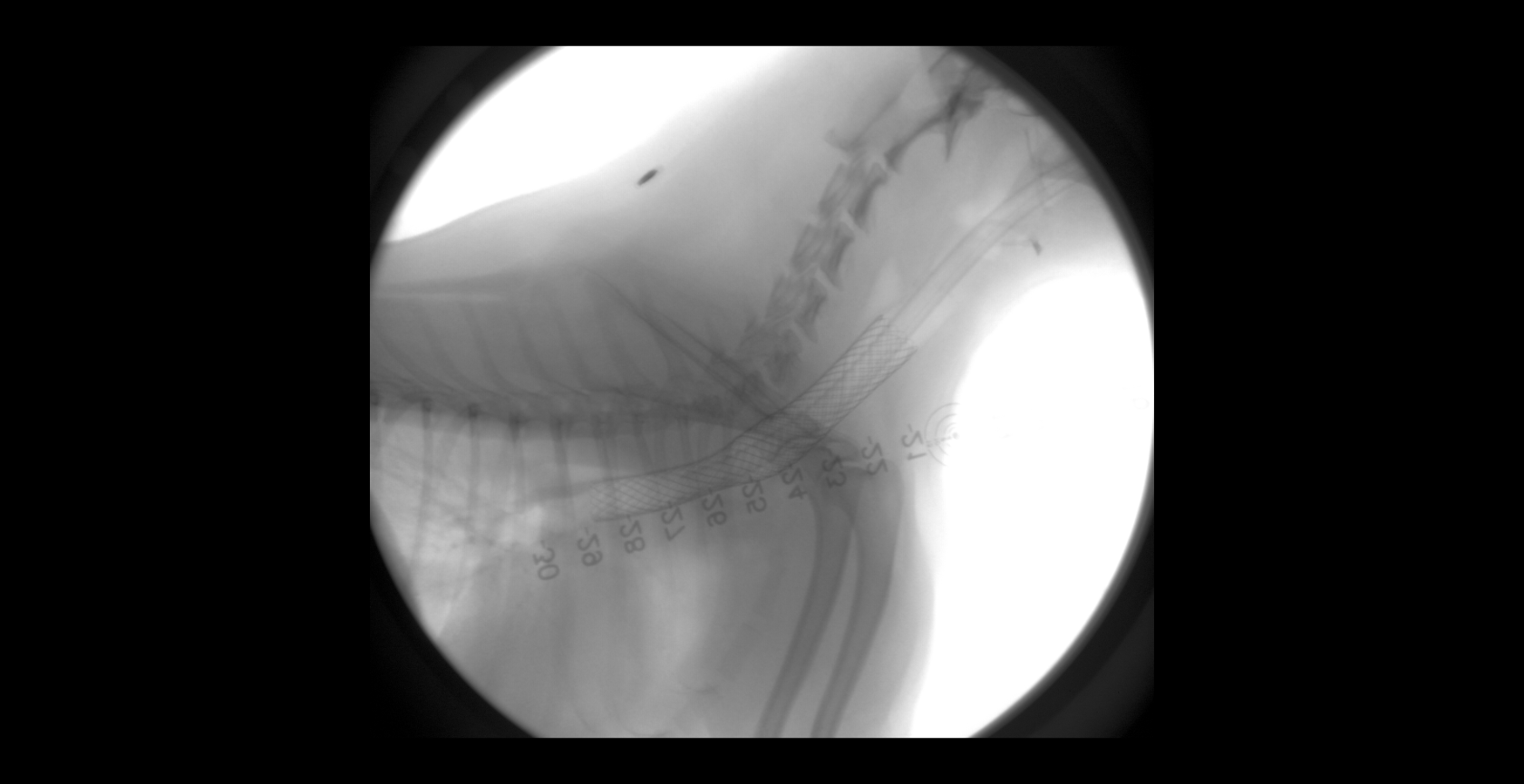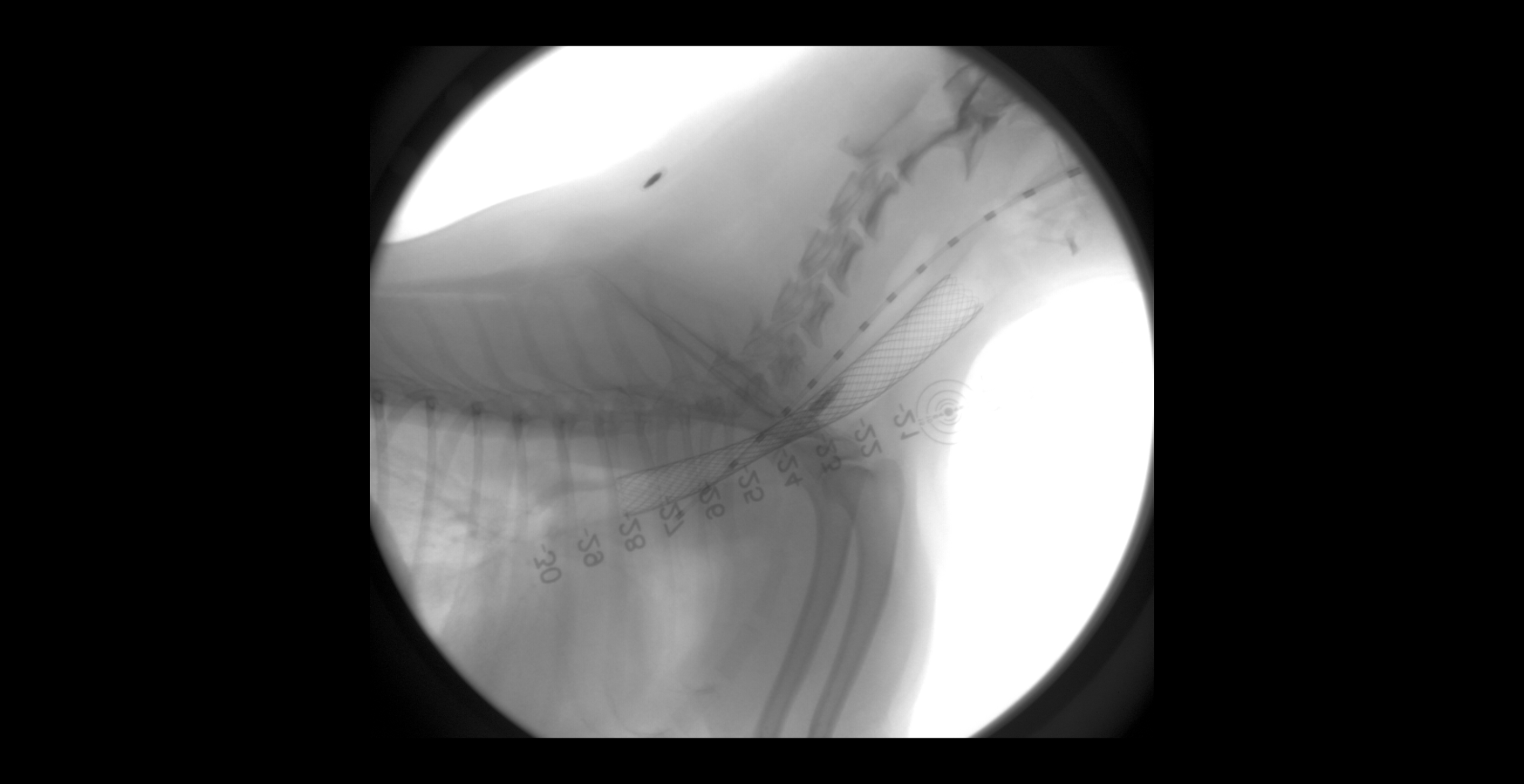ANESTHESIA AND MONITORING FOR CATS
PREPARATION FOR ANESTHESIA
- Withhold food for at least 8 hours prior to your cat’s drop off time.
- Withhold medications the day of the procedure unless directly otherwise by your care team.
- Bring all medications that your cat is currently receiving.
- Bring your cat in a secure carrier.
WHAT TO EXPECT
- A personalized anesthetic protocol and medication plan will be devised by your cat’s veterinary team after reviewing all diagnostic results.
- Your cat will be given a sedative, and an intravenous catheter will be placed in a limb.
- Medication will be given through the catheter and into the vein to put your cat under anesthesia.
- A breathing tube (endotracheal tube) will be placed to administer oxygen and the gas medication to keep your cat anesthetized.
- Your cat will be maintained on intravenous fluids as well as medications pertaining to the procedure (such as antibiotics, pain medications and medications to support blood pressure and heart rate).
- Your cat’s heart rate, breathing rate, heart rhythm (ECG), oxygen levels, carbon dioxide levels, blood pressure and temperature will be monitored continuously throughout the procedure.
- Your cat will stay in the hospital at least 2-3 hours after anesthesia to recover. Lethargy, nausea, decreased appetite, and mild behavioral changes are not uncommon after anesthesia. Please call MISCA if these signs have not resolved within 24 hours.
POTENTIAL COMPLICATIONS
A low blood pressure is not uncommon in cats especially in older individuals or when undergoing prolonged anesthesia. Your cat’s blood pressure will be supported with IV fluids and/or medications as needed.
Cats often become cold during an anesthetic procedure. Your cat will have an air and/or fluid warming blanket to maintain body temperature. Mechanisms of active warming will remain until the temperature has normalized.
Rarely, an allergic reaction will occur after administration of a medication. Your cat may be given an injectable antihistamine if indicated.
AT HOME
Keep your cat INDOORS for at least 48 hours after anesthesia. In a multi-cat household, it can be helpful to house your cat in a separate area, room or large crate to allow assessment of eating and elimination.
A pressure bandage may be on your pet’s leg in the location of where the IV catheter was removed. This should be removed when you get home to prevent complications.
You may feed your cat a small meal after being home for 1-2 hours. If your cat refuses to eat or vomits, please wait approximately 24 hours before feeding.




